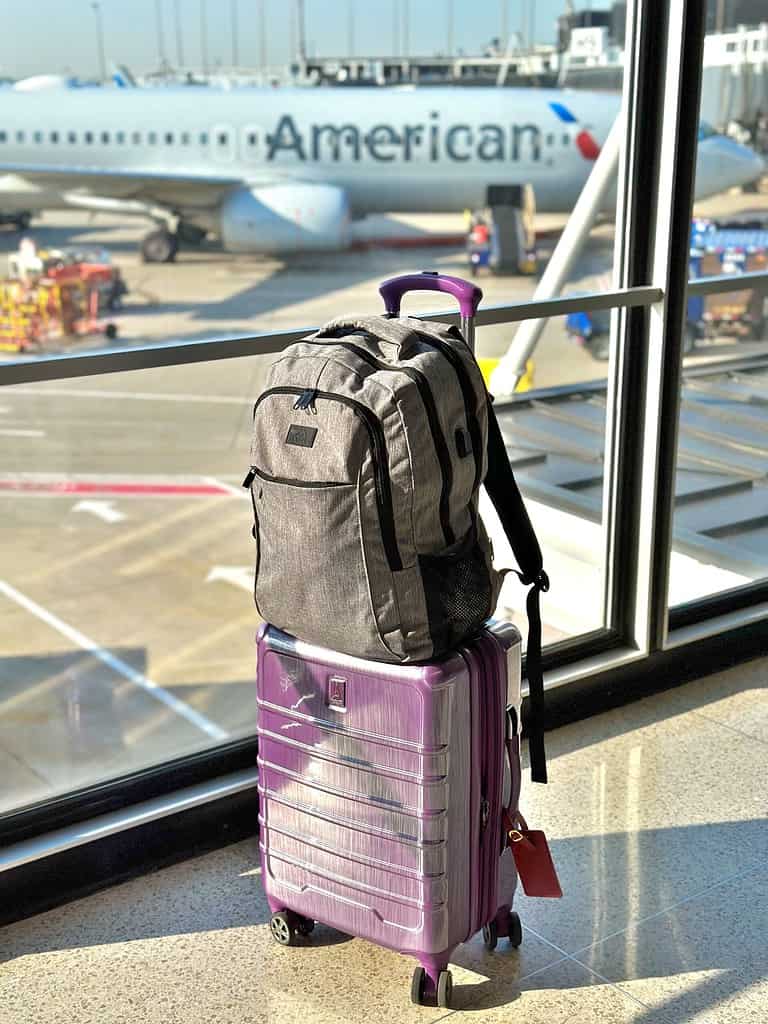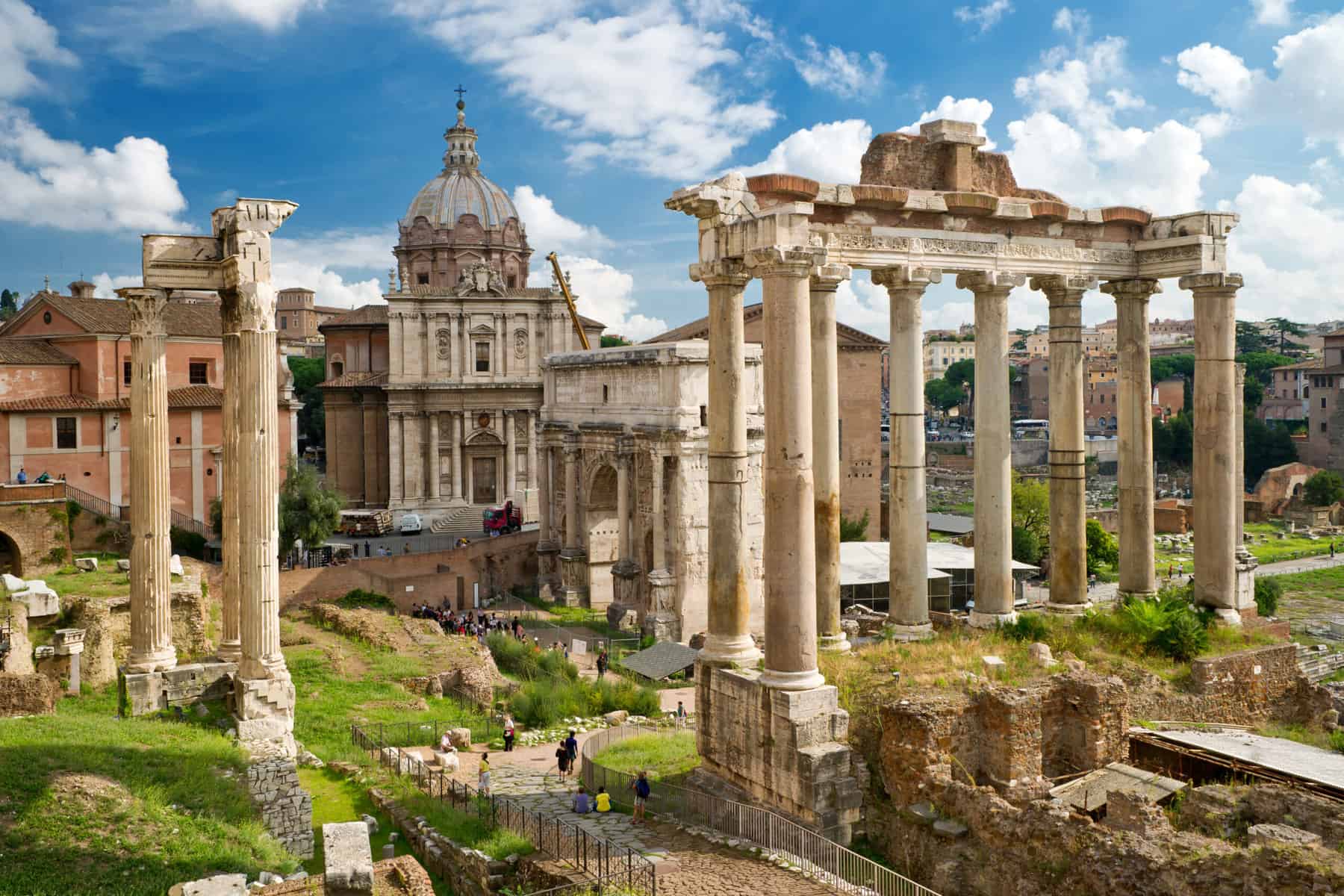Travel Planning Checklist for the Ultimate Vacation
Hey there, fellow globetrotters! Are you itching to hit the road and immerse yourself in new cultures, cuisines, and landscapes? Well, you’ve come to the right place! A travel planning checklist is the key to unlocking a stress-free and memorable adventure. Let’s dive into creating the ultimate checklist to ensure your next vacation is nothing short of perfection.
Affiliate Disclaimer: Some links on this blog are affiliate links. This means that, at no additional cost, the author may earn a small commission if you purchase through these links. As an Amazon Associate, I earn from qualifying purchases.
Pick a Destination
First things first, let’s talk about picking a destination. It’s time to pull out that bucket list of travel destinations you’ve been dreaming about. Rate each spot based on how it ranks, how much you want to go, and how much it will cost.
Remember, it’s not just about the place but also about the experiences you want to have. Whether sipping wine in the rolling hills of Tuscany or trekking through the lush Amazon rainforest, choose a place that promises the experiences you’re looking for.
Choose a Time to Travel
Timing is everything! When planning your next trip, consider both your schedule and the weather patterns of your destination country.
You don’t want to land in the Caribbean in the middle of hurricane season or find yourself in Dubai during peak summer heat.
A little research goes a long way toward ensuring that your travel plans coincide with the best time to visit your chosen locale.
Choose the Duration of the Trip
How long can you escape reality? The duration of your trip is a crucial element of your travel planning checklist. It determines how much you can see, do, and relax.
Whether it’s a quick weekend getaway or a month-long exploration, make sure it fits your lifestyle and leaves you satisfied.
Review Your Budget
Ah, the “B” word—budget. It’s essential to know how much you’re willing to spend. A detailed checklist of expected expenses will help you allocate funds for flights, hotels, activities, and irresistible local markets.
Travel Insurance
A golden rule: Purchase travel insurance when you make your first reservation. Whether it’s AXA travel insurance or Safety Wing, having a travel protection plan gives you peace of mind. It’s an essential item on your vacation checklist, safeguarding against the unexpected.
Flights and Accommodations
Now, it’s time to book flights and hotels! Use Google Flights or Fare Drop to hunt for the best deals. This can save you money, especially if you’re flexible with your travel dates.
Keep an eye on arrival times and whether you can fly direct or with a layover. Always allow yourself 1.5 – 2 hours for layovers.
Beware of any additional baggage costs and the carry-on bag size that the airline allows.
When reserving hotels, consider the convenience of the location. A good location can make all the difference in your travel experience.
Find Inspiration
For inspiration on what to see and do, turn to Pinterest, Google, travel blogs, or a guidebook. Reading about the history of your destination or a fiction book set there can enrich your experience.
Our Trusted Resources
Booking.com: for booking accommodations
Viator or Get Your Guide: for all my activities
Discover Cars: for car rentals
Airalo: for eSIM card
Trainline: for booking train tickets
Vuori & prAna: great sources for travel clothes
Columbia: great clothes and accessories for outdoor adventures.
International Drivers Permit: for getting your IDP
AXA: for Travel Insurance
Must-See Places and Itinerary
Your travel planning checklist isn’t complete without a list of must-see places. Research the top sights of your destination that you don’t want to miss. Then, map out all the places you want to visit, grouping them by days to maximize your time. An itinerary is a great way to stay organized while allowing for spontaneity.

Transportation and Reservations
Think about how you’ll get around. Will you need rental cars, or is public transportation reliable? How will you get from the airport to your hotel? Does your hotel charge for parking if you have a rental car? Make reservations for any required transport.
Research whether you will need a special permit to drive a rental car. If you need an International Driving Permit, get it here.
Dining and Activities
Foodies, rejoice! Plan your dinners and activities, especially for those high-demand restaurants and experiences. Apps like Yelp and OpenTable are perfect for securing a spot at the best local eateries.
For activities, booking ahead can ensure you don’t miss out on places on your must-see list. Use Viator and GetYourGuide to book tours and activities.

Documentation and Medical Requirements
Ensure all your travel documents, like passports and travel visas, are in order.
Your passport should have blank pages and be valid for at least six months from your return date.
Making a digital copy of all your important documents is a good idea. Travel with one copy, separate from the originals, and leave another copy with a trusted family member or friend.
Check the medical requirements for your destination, including COVID-19 and other vaccines, and understand the laws about traveling with prescription medication.
Finalizing Your Itinerary
As your departure date approaches, finalize your itinerary. Organize your money options, including obtaining local currency and ensuring your credit cards have no foreign transaction fees.
Use the TripIt app to keep yourself organized. It is as easy as setting up with your email address, and it will import all your travel reservations.
Download any travel apps that will make your journey easier. When traveling, I rely on Google Maps and Citymapper.
Safety and Communication
Register with the State Department’s Smart Traveler Enrollment Program (STEP) for safety notifications. This is one of the many travel essentials that can help keep you safe while exploring international destinations.
Research where the nearest Embassy will be if you are traveling Internationally.
Have a list of contacts in case of an emergency.
Staying connected is essential, so consider how you will use your cell phone abroad and if you need to purchase a local eSIM card. Getting an eSIM card is usually cheaper than your cellular carrier’s International daily charge.
For International trips, I use Airalo eSim.
Financial and Home Preparations
Keep track of due dates for bills that may come while you’re away. Make arrangements for pet care, house sitters, or mail holds.
Cancel any regular deliveries and compile a list of tasks to keep your house in order, such as informing neighbors, emptying garbage bins, and setting your thermostat.
Packing and Last-Minute Details
As your trip draws near, it’s time to focus on packing. Your travel packing list should include all the essential items you’ll need for your journey.
Don’t forget your toiletry bag, travel documents, and any personal items that will make your long flight more comfortable.
Having a shopping list for last-minute purchases, such as a good book or insect repellent, is also a good idea.
Make sure that your luggage is in good condition. Verify that your luggage has identification tags with the most up-to-date information. Consider buying Apple Air Tags to locate your luggage if it gets lost.

Clothing
- Choose your footwear – hiking boots, water shoes, or waterproof boots.
- Merino wool socks
- Baselayers for cold climate trips – Merino wool is recommended.
- Outerwear – rain jacket, puffer jacket, or parka
- Sleepwear
- Swimwear and beach accessories
- Hat – for sun protection or warmth
Personal Documents
- Passport
- Travel Visa if needed
- Documentation of any required vaccinations
- Driver’s License or International Driving Permit
- Confirmations – Flights, Hotels, Transportation, Dining, and Activities
- Emergency contact information sheet
- Travel insurance policy and your insurance card
- Documentation of medicines. Check the country you are visiting, as each country has different laws.
Electronics
- Cell phone
- Electronic chargers
- Power bank
- Travel adapter
- Earbuds or noise-cancelling headphones
- Air tags for bags and luggage
- Download travel apps
- Download entertainment – movies, podcasts, or books
Essentials
- Medications – keep with you while traveling. Do not pack in checked luggage.
- Compression socks for the flight
- Reusable water bottle
- Travel Blanket
- Neck pillow
- Compression packing cubes or packing cubes
- Day pack or crossbody purse
Entertainment
Charge your power banks and other electronics. Download entertainment for those moments of downtime. Whether it’s music, podcasts, or shows, having your favorites on hand is a great way to enjoy a long flight or a quiet evening after a day of exploring.
Weather and Wardrobe
Check the weather forecast one last time for any last-minute packing changes. It’s always a good idea to be prepared for unexpected weather conditions to enjoy a stress-free trip.
Exploration and Relaxation
Remember, your travel planning checklist is there to ensure you have a fabulous time, but it’s also important to leave room to explore off the beaten track and relax.
Taking in your surroundings without a strict schedule can lead to some of the most memorable moments.
Final Checks and Departure
As your departure date approaches, always double-check your flights for any last-minute changes and confirm your hotel reservations. Also, inform your bank that you are traveling to avoid any issues with your credit or debit cards.
Make arrangements to get to the airport and check into your flight immediately. Download your boarding pass and aim to arrive early to avoid any stress.
Embark on Your Adventure
With your comprehensive checklist complete, you’re ready to embark on what promises to be the perfect vacation. Enjoy every moment, embrace the local culture, and make memories that will last a lifetime.
Bon voyage!
Frequently Asked Questions
It’s generally recommended to start planning your trip six months in advance, especially if you’re planning to travel during peak seasons or to a popular destination.
This head start gives you enough time to research destinations, compare prices, and secure early booking discounts. International travel also allows ample time to ensure your passport is valid, obtain necessary visas, and complete any required vaccinations.
To find the best deals on flights and accommodations, consider using price comparison websites and apps such as Google Flights, Skyscanner, or Booking.com. Signing up for alerts on these sites can notify you of price drops. Flexibility with your travel dates and flying mid-week or during off-peak hours can also lead to savings. Additionally, booking flights and hotels together as a package can sometimes offer better rates than booking separately.
Your travel itinerary should include flight details, accommodation reservations, transport bookings (car rentals or train tickets), and pre-booked tours or activities.
It’s also helpful to list or map the addresses and contact information for your accommodations and any places you plan to visit. Consider adding a rough daily schedule to help manage your time efficiently but leave some room for spontaneity and relaxation.
Before traveling abroad, inform your bank of your travel plans to avoid issues with your credit or debit cards. Research the currency exchange rates and consider exchanging money before you leave to get a better rate than at the airport. Using ATMs at your destination can often provide a reasonable exchange rate, but be mindful of potential fees. It’s also wise to carry a small amount of local currency for places that may not accept cards and for tipping. Additionally, using a credit card with no foreign transaction fees can be cost-effective for larger purchases.
Related Posts
- Top Travel Tips & Tricks Guide to Travel like a Pro in 2024
- How to survive a long-haul flight
- 37 Surprisingly Common Travel Mistakes and How To Avoid Them

